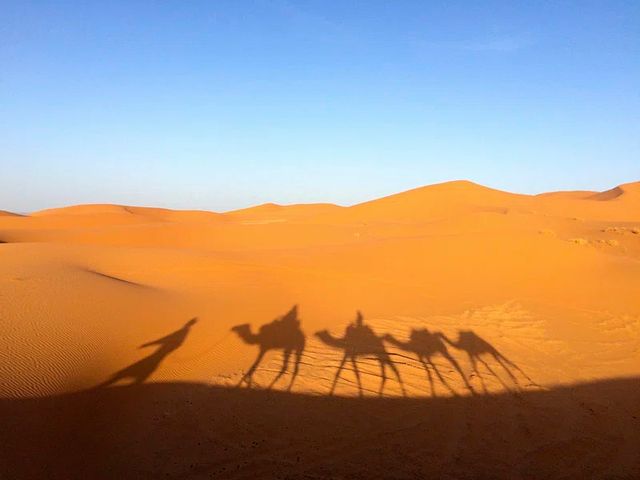
Mark 1:1-8
The beginning of the good news of Jesus Christ, the Son of God. As it is written in the Prophet Isaiah, “See, I am sending my messenger ahead of you, who will prepare your way; the voice of one crying out in the wilderness: ‘Prepare the way of the Lord, make his paths straight,’” John the Baptist appeared in the wilderness proclaiming a baptism of repentance for the forgiveness of sins. And people from the whole Judean countryside and all the people of Jerusalem were going out to him, and were baptized by him in the river Jordan, confessing their sins. Now John was clothed with camel’s hair, with a leather belt around his waist, and he ate locusts and wild honey. He proclaimed, “The one who is more powerful than I is coming after me; I am not worthy to stoop down and untie the thong of his sandals. I have baptized you with water; but he will baptize you with the Holy Spirit.”

Reflections
Mark’s Gospel begins with a straightforward declaration of the purpose of his writing, which is to proclaim the good news that God actively participates in His plan for the redemption of the world unfolding through human history. As last week’s Gospel instructed us to be alert an to wait for the coming of God, this week’s Gospel assures us that God walks with us. Mark refers to earlier writings by the prophet Isaiah who, seven hundred hundred years before the birth of Christ, prophesied about His birth. He even foretold that there will be a messenger preceding the birth of Jesus, who will speak to the people and exhort them to examine their ways and to turn away from everything that is evil and destructive and to “make his paths straight.”
Straight paths at the time of Jesus, as now, are an engineering challenge to build. One needs to examine the terrain, evaluate the higher and lower lying areas, and devise a plan to traverse point by point the distances that one wishes to connect. For a straight path, with no slopes, one may have to fill certain areas, and cut through others. Finally, one must level the path from side to side so that traveling is easy. A straight path that goes from point A to pint B is not zigzagging, it does not have terraces, or potholes. It allows for a convenient and efficient connection between locations.
There were a lot of wide-open spaces, flat areas as well as hills and dunes in the desert where John the Baptist proclaimed his message. John was Jesus’ first cousin, born to Zacharias and Elisabeth, two elderly parents, who welcomed him into the world upon Divine intervention and destined for a special mission. His birth was miraculous because of his parents’ advanced age. John’s birth fulfilled Isaiah’s prophecy that there would be messenger sent to announce the birth of the Savior and to prepare people’s hearts to receive Him. He proclaimed repentance and conversion. This meant, to examine one’s ways and to build straight paths to receive the good news.
How does one build a straight path in life?
Looking at our lives we would probably not think that it was written on a straight path. For the most part, there have been convoluted turns, steep hills, or even dead ends. But perhaps, looking back, we may also see the hand of God working in our lives through history. Given the complexity, given the odds, our existence today, on this day, right now, is a miracle. This is where the straight line can be perceived: We were willed and wanted from the beginning. We were loved and cared about from even before our birth all the way to today, when we heard this message and called. Today, we are called upon, sent a message to, and invited. Isn’t that special?
-
Building a straight path will entail placing ourselves in the care of the Providence with faith and asking for guidance as we design our response to the message that we heard. First, by readiness to examine one’s ways and to use one’s conscience to survey the landscape. Looking back into the past, we can notice all the valuable, good, and helpful deeds that we accomplished. These good deeds remain. we can notice where our path lead through hills and valleys. All what we experienced and suffered in the past is now safely stored in the granaries of the past where it will be preserved. We can notice if the path lead in other directions from which we had to change tracks. That also will remain. All that we have accomplished, all that we have experienced and suffered stays and makes us who we are today.
-
The path will be conceptualized in an honest conversation with ourselves. Considering the present and looking into the future, where is it that we could continue to add what is true, beautiful, and good to our granary? Where is it that we could reduce, stop, or alter unhelpful patterns and build new and constructive ones? An honest dialogue with oneself happens in aloneness with one’s conscience, one’s inner guide and understanding of where there are areas of freedom and possibilities for doing good and avoiding what is harmful to the self and to others.
-
Finally, by fixing our gaze on the future and our final destination will help to determine which steps we need to take to advance closer to being more loving, caring and compassionate. An open mind and an open heart are what is required to humbly acknowledge our shortcomings or failures and to courageously face ourselves to reconcile with being finite, vulnerable and limited with possibilities for actualizing something that remains eternal and infinite.
Looking at ourselves through the lens of love, reconciliation makes us spiritually alive and open to welcome the message of the good news. Water is a symbol of purification and new beginnings. Confirmation through the Spirit allows us to be witnesses of compassion, forgiveness, and love in the world, which is good news, indeed.